What Are Internal Links?
Internal links are hyperlinks that point to pages on the same domain. These are different than external links, which link out to pages on other domains.
Why Are Internal Links Important for SEO?
Internal links help Google find, index and understand all of the pages on your site.
If you use them strategically, internal links can send page authority (also known as PageRank) to important pages.
In short: internal linking is key for any site that wants higher rankings in Google.
Best Practices
Use Keyword-Rich Anchor Text
You can even get away with using some exact match anchor text in your internal links.
(Which is a big no-no when it comes to your site’s backlinks)
In fact, Google even recommends that you use keywords in your anchor text:

For example, here’s an internal link on a page from my site:

That anchor text helps users AND Google understand that the page I’m linking to is about “Mobile SEO”.
That said, it looks spammy if all of your anchor text is exactly the same.
Google has said that using lots of exact match anchor text in internal links won’t “typically” hurt you.

But I like to stay on the safe side. That’s why I mix up my internal link anchor text quite a bit:
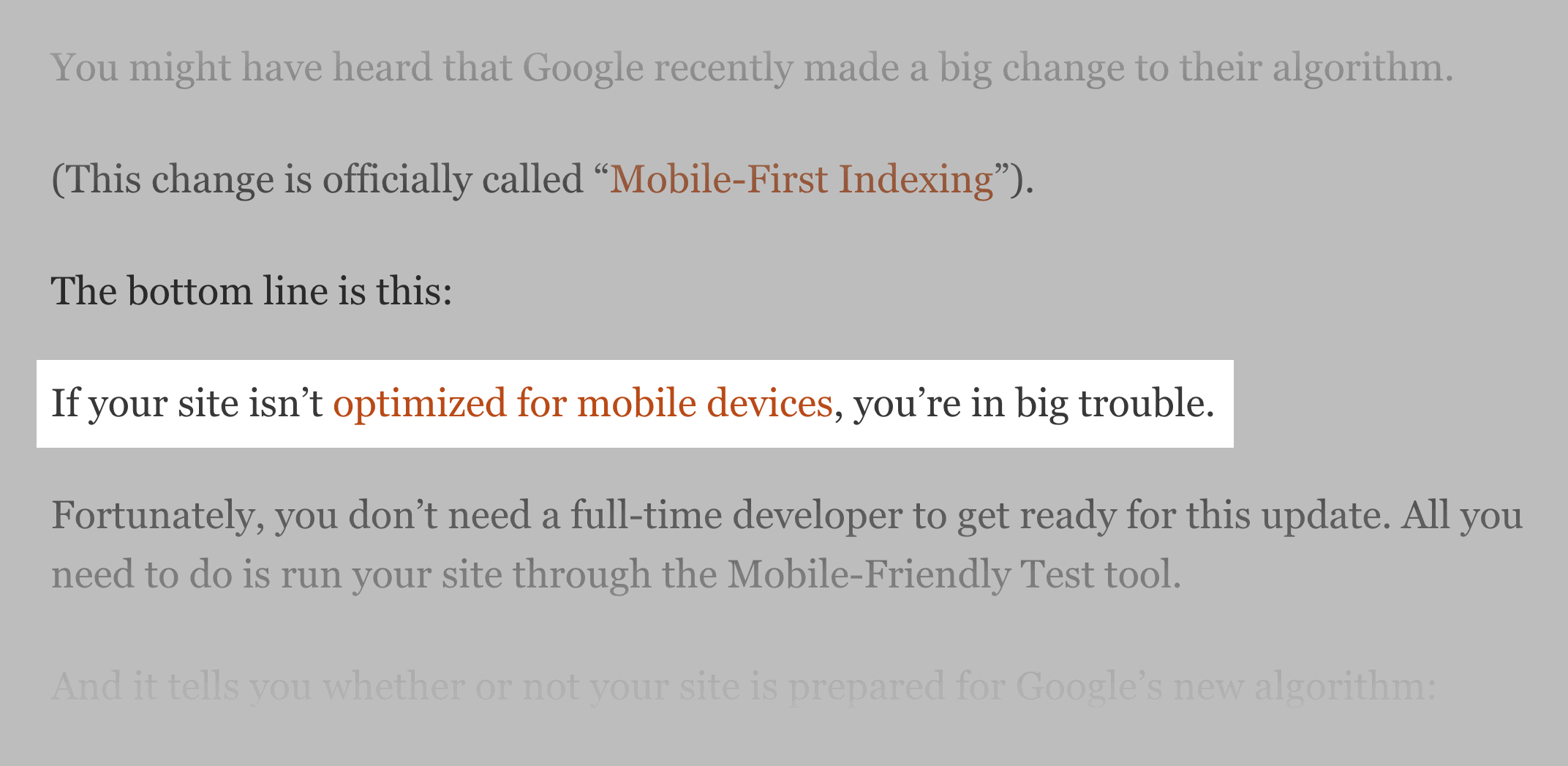
Link to Important Pages
When you link to another page on your site, you send link authority to that page.

(Which can help that page rank better in Google)
These internal links aren’t nearly as powerful as links from other websites. But they still help.
That’s why smart SEOs strategically link to important pages.
Here’s the exact process:
First, fire up your link building tool of choice, like Semrush.
Next, find the best-performing pages on your site.
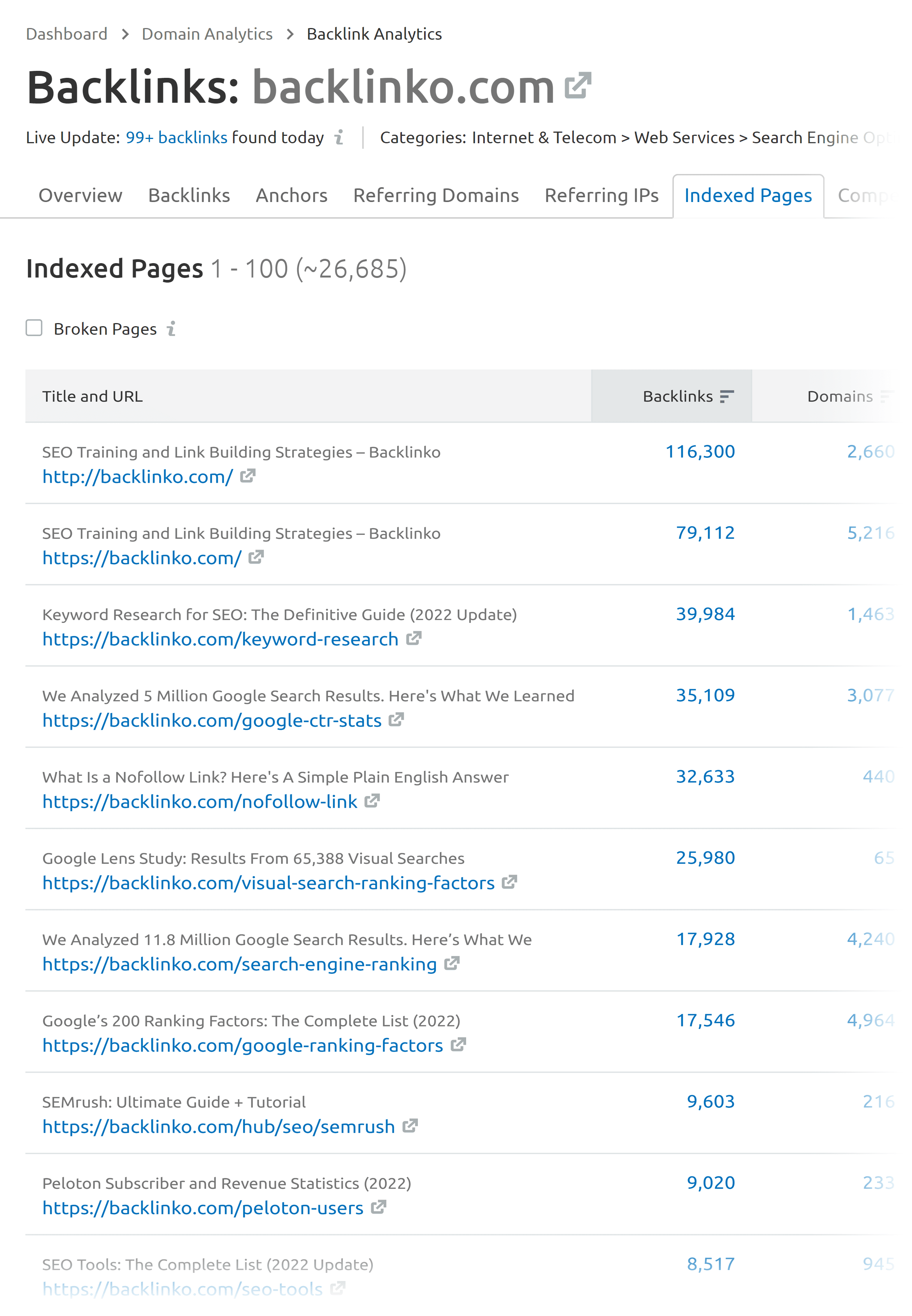
Finally, link FROM those pages to the pages that you want to rank most.
For example, a few months ago I published this guide to Google RankBrain.

This is a high-priority page for me. But because it’s a brand new page it had pretty much zero backlinks.
Enter: internal linking.
First, I fired up Semrush to find my best-performing pages.
And I added internal links from those high-authority pages to my new post.

I also used keyword-rich anchor text whenever possible:
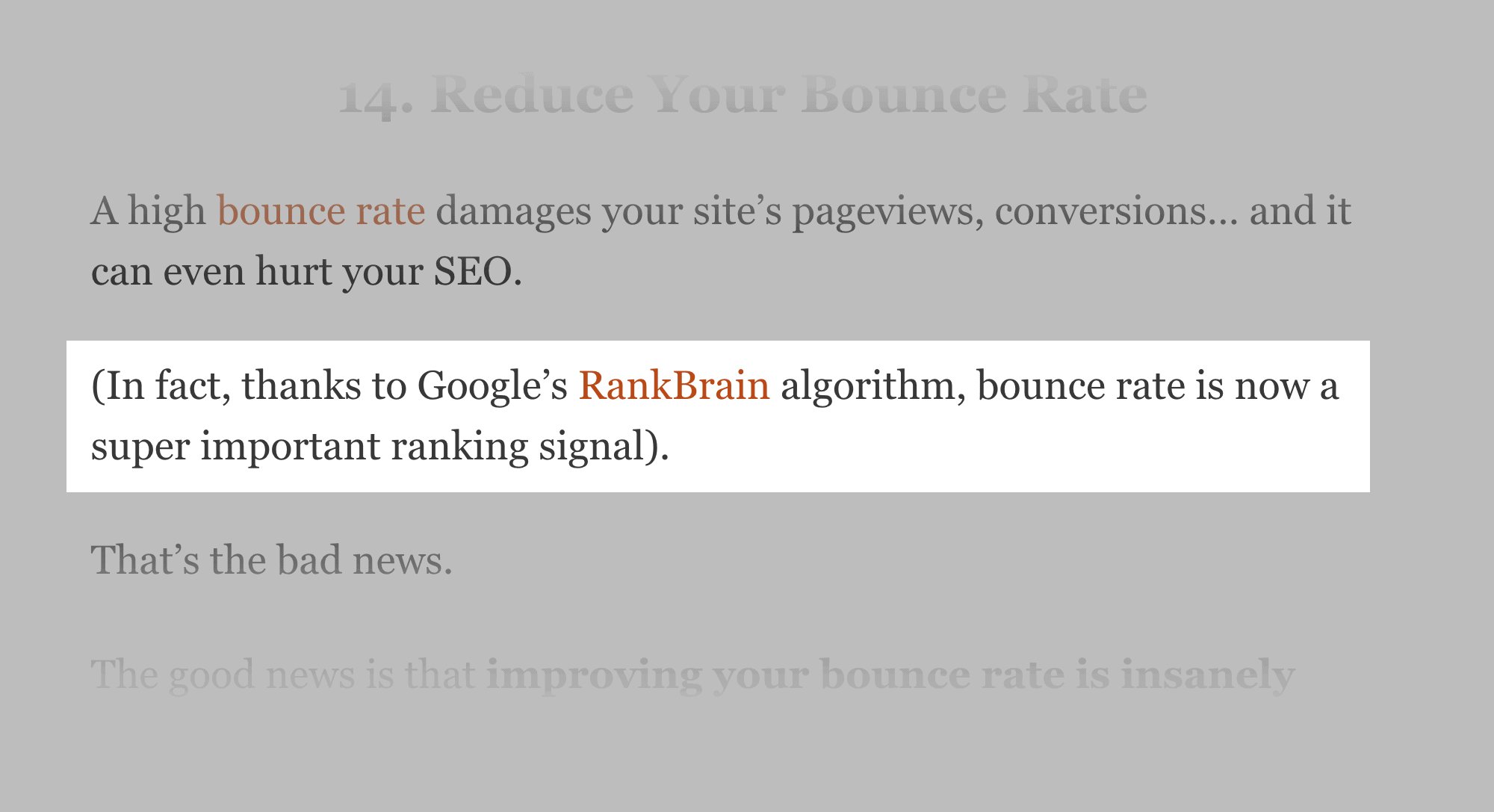
Don’t Use The Same Anchor Text For Two Different Pages
This confuses the heck out of Google.
For example, let’s say you have two pages on your site.
One is about grain-free chocolate chip cookies. And the other is about low-carb chocolate chip cookies.

Well, you wouldn’t want to link to both pages with the same anchor text:
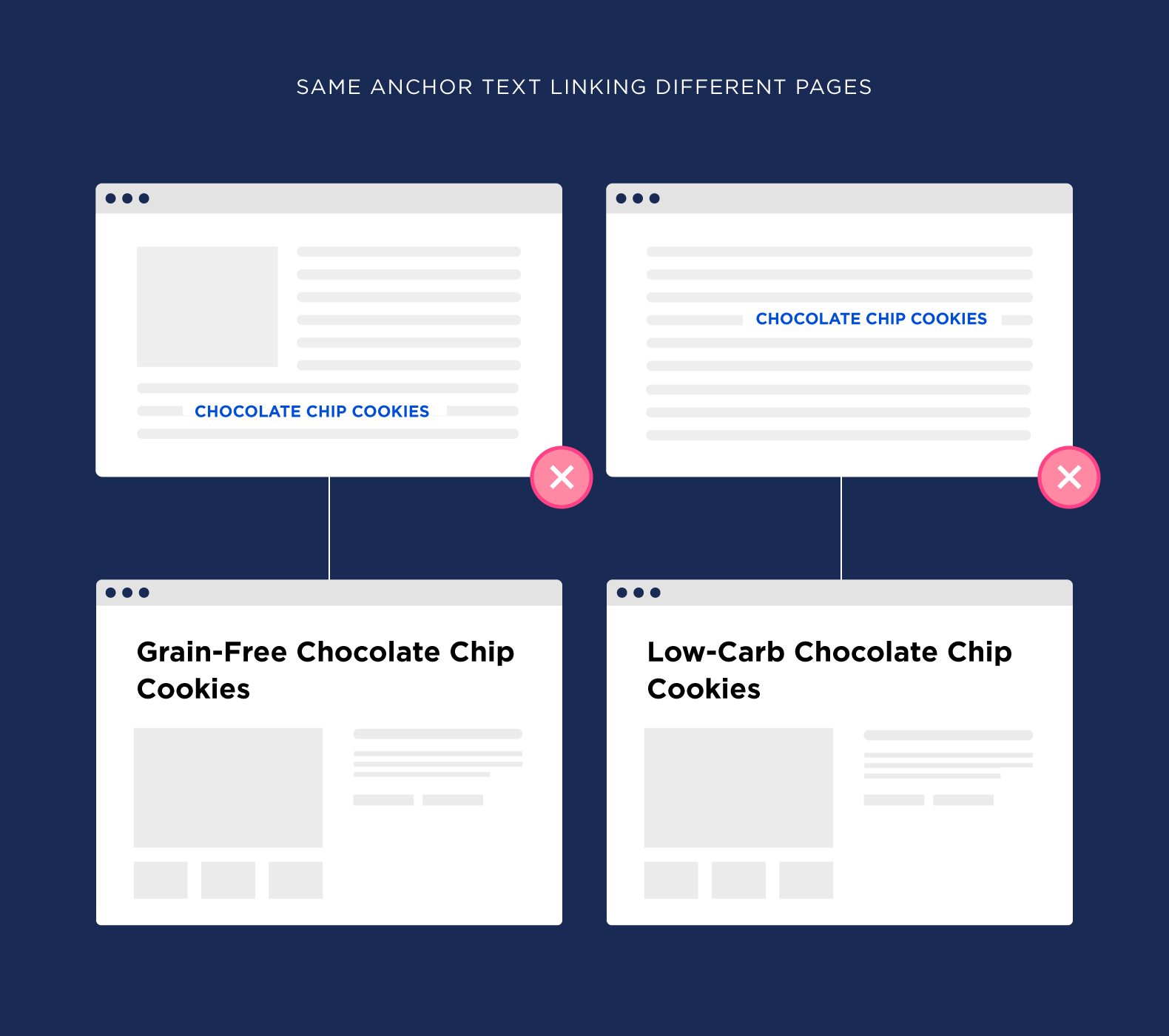
When Google sees that, they think that both pages are on the exact same topic.
Instead, use different, descriptive anchor text for each page:
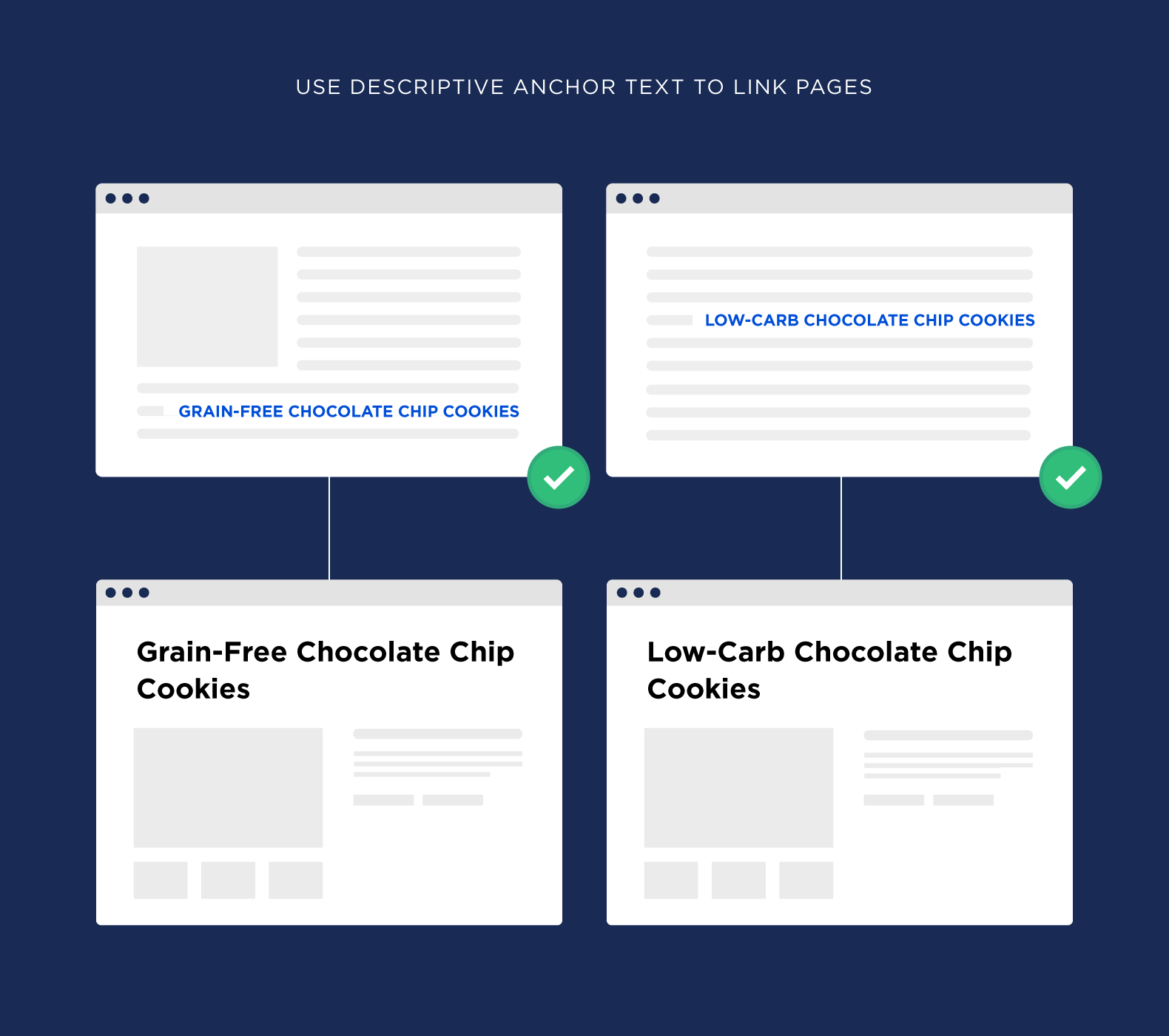
Audit Internal Links With the Google Search Console
The Google Search Console has an AWESOME feature called: “links”.
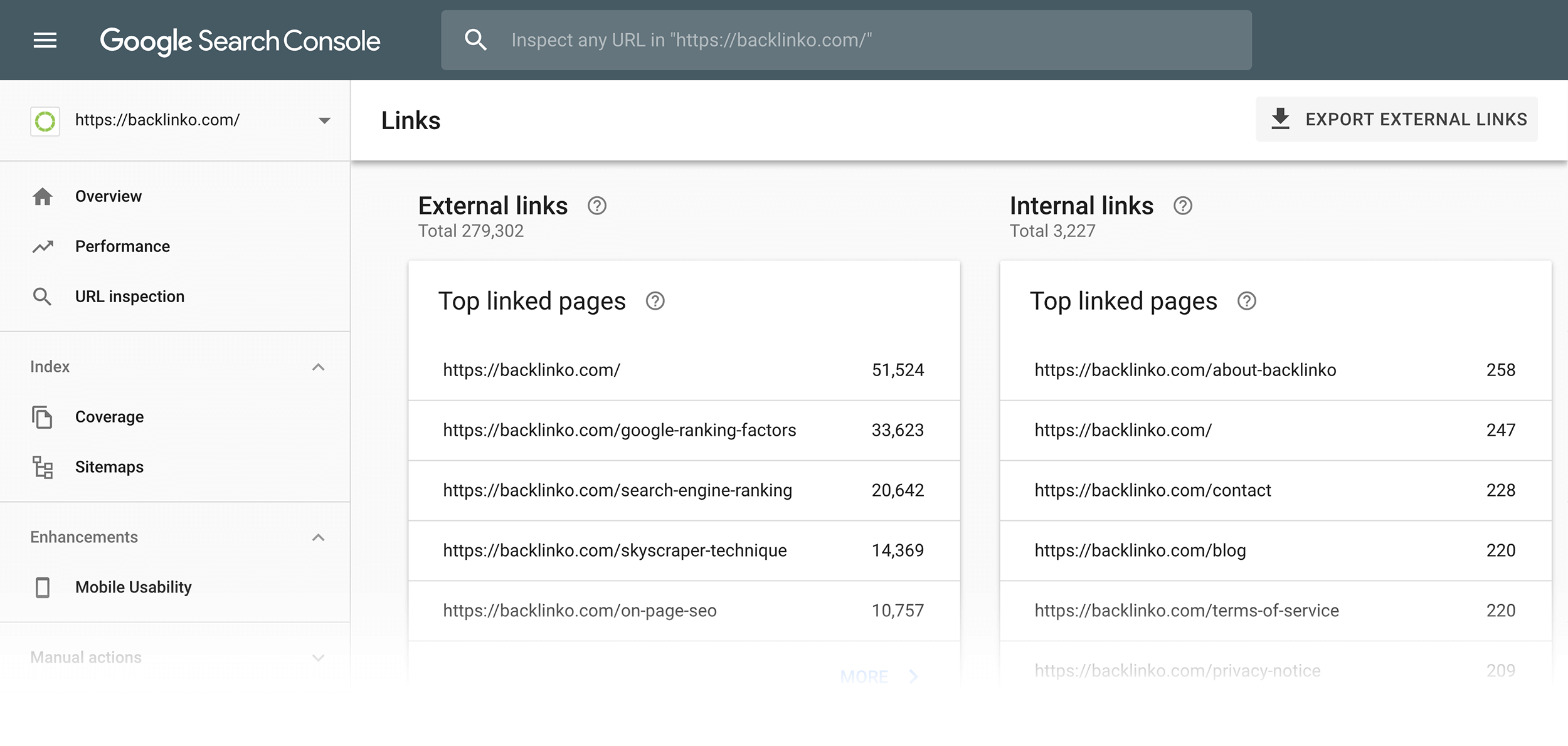
And you can use this feature to see how your site’s internal links are set up.
For example, if you look at my report, you can see that most of my internal links point to my about page, contact page, privacy policy etc.
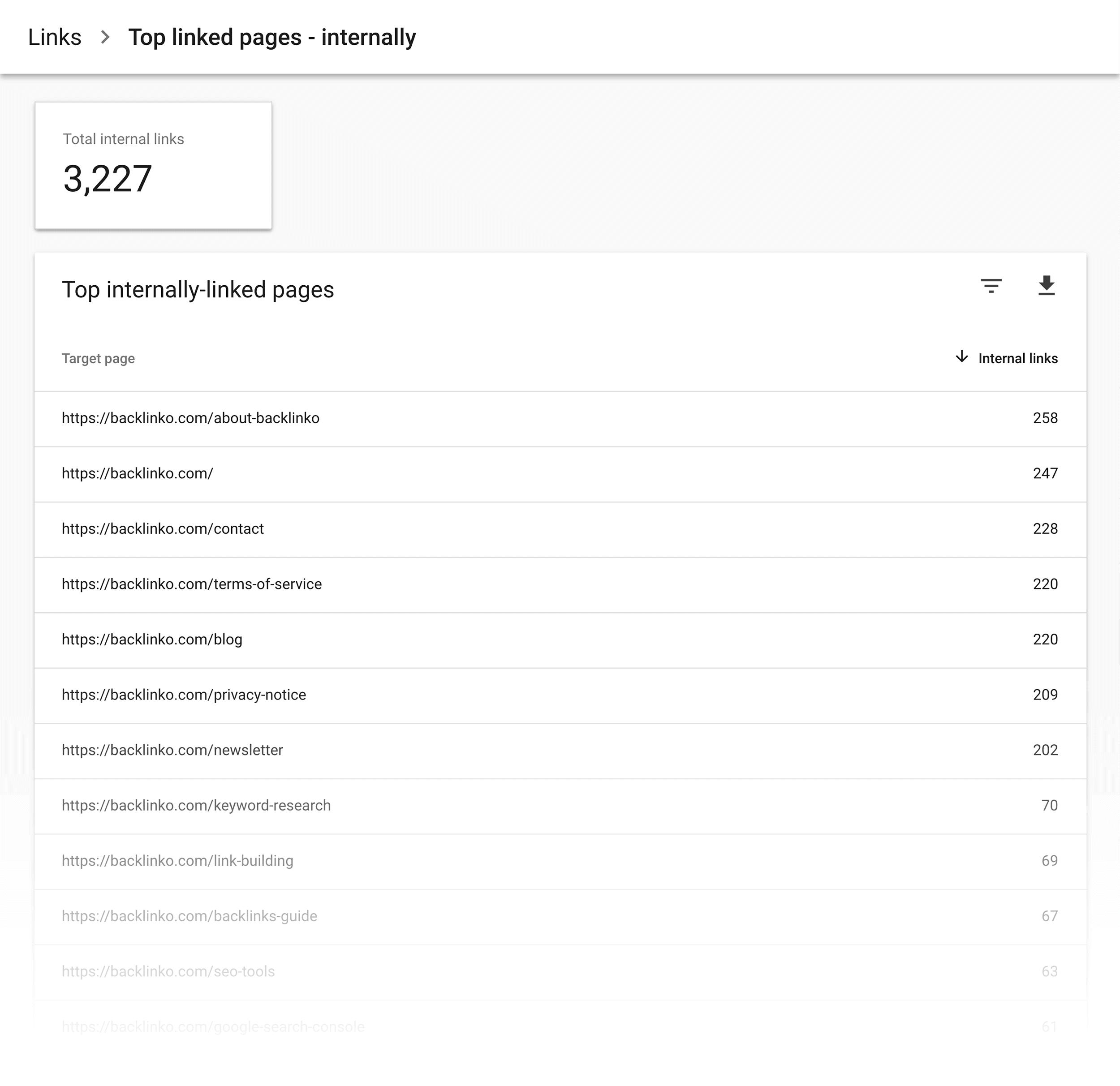
This isn’t ideal for SEO. But because these pages are all in my site’s main navigation, it’s something I have to live with.
I recommend doing an internal link audit 1-2x per year. You’ll sometimes find that low-priority pages are getting a ton of internal link love.
(This is something you can quickly find and fix broken links using this Backlinko guide).
Put Links High Up On Your Page
I’ve tested internal link placement A LOT.
And I can tell you that putting internal links towards the top of your page can reduce your bounce rate and improve Dwell Time.
What does this have to do with SEO?
Well, when someone spends a long time on your site, it tells Google: “People are loving this result. This page must be a great result for this keyword. Let’s bump it up a few spots”.
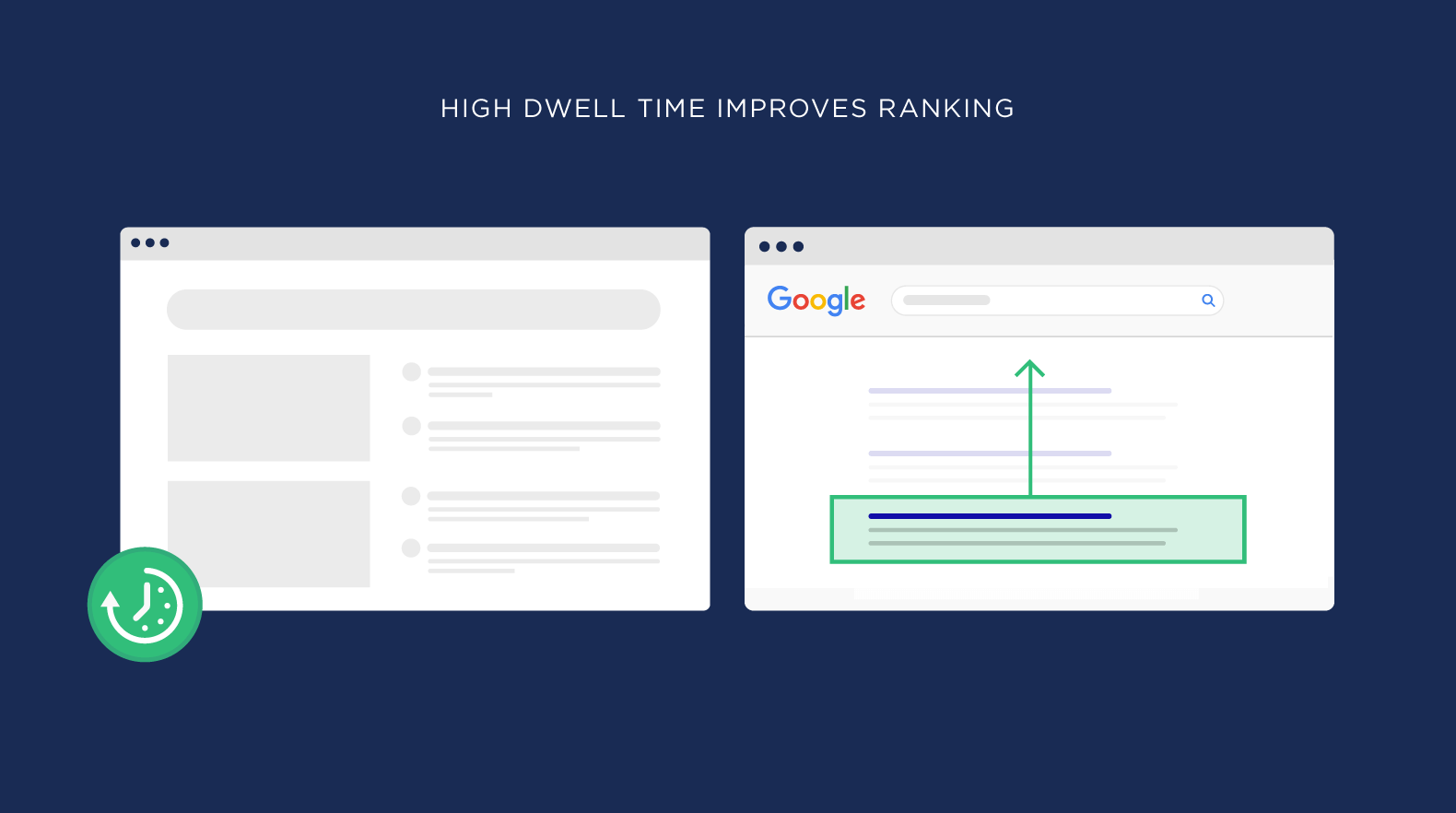
And when you put internal links high up on your page, it gives people something to click on right away.
Which means they’ll spend more time on your site.
For example, you can see that I placed an internal link in the intro of this blog post:

Of course, you want to add internal links throughout your page. But don’t be afraid to add 1-2 internal links at the top of your page when it makes sense.
Dofollow Links
If you want to send PageRank around your site via internal links, you’ll need to use normal dofollow links.
Yup, this is obvious. But it’s worth mentioning because I’ve seen people nofollow their internal links before.
It’s usually because they use some kind of plugin that automatically adds the nofollow tag to external links. And a bug or setting makes their internal links nofollow as well.
Use Internal Links To Help With Indexing
Google usually finds and indexes all of the important pages on a website.
But if you have LOTS of pages (or a limited Crawl Budget), Google might only index a certain percentage of your site’s pages.
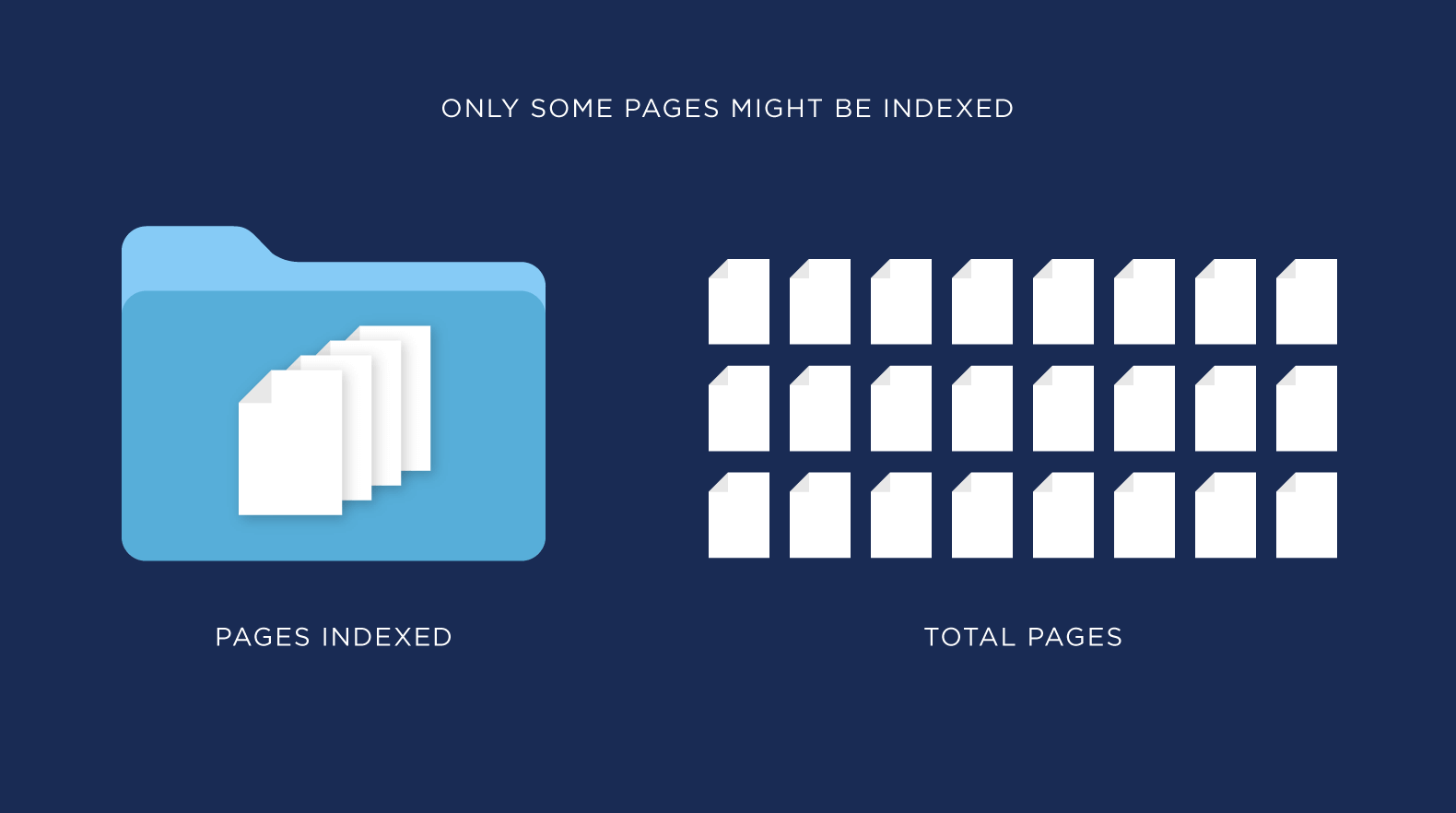
That’s where internal links come into play.
Internal links make it easy for Google to find pages on your site.

(Especially pages that are buried deep in your site’s architecture, sometimes called “Orphan pages”)
So if you have a page or set of pages that you want indexed, internal link to that page or that page’s category from your site’s navigation:
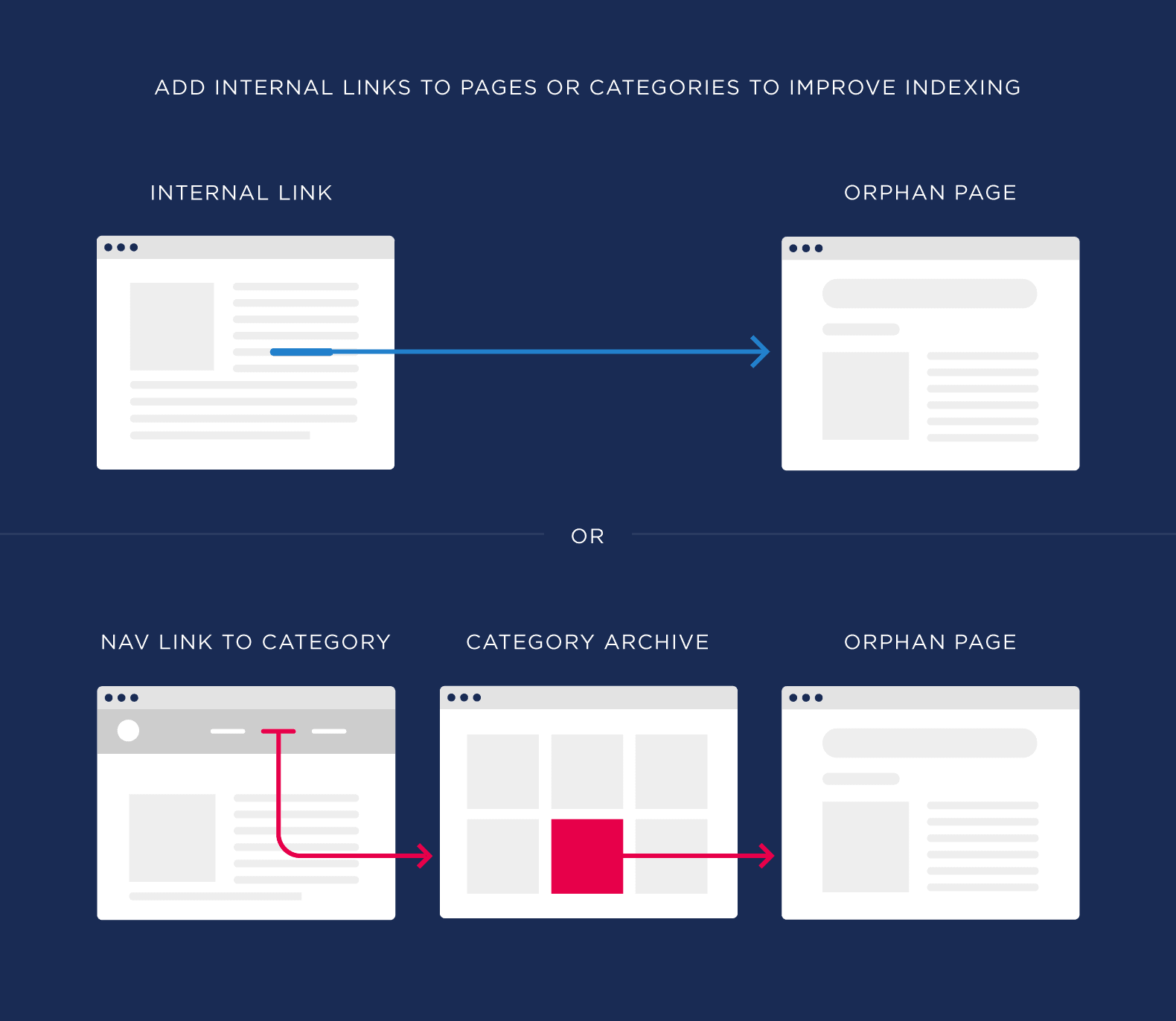
Directly from one page to another:
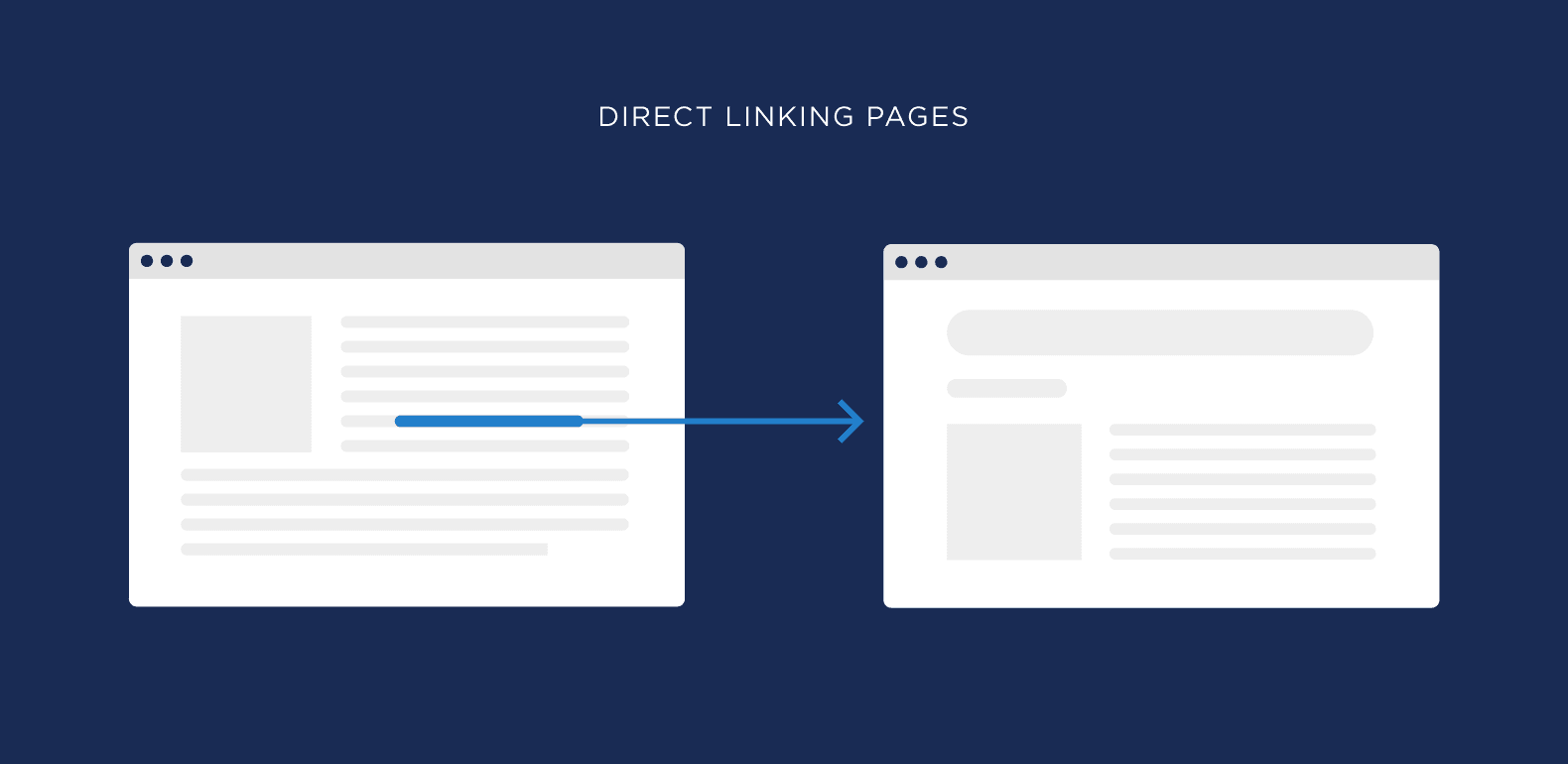
And don’t forget to link from your sitemap to the page you want to get indexed:
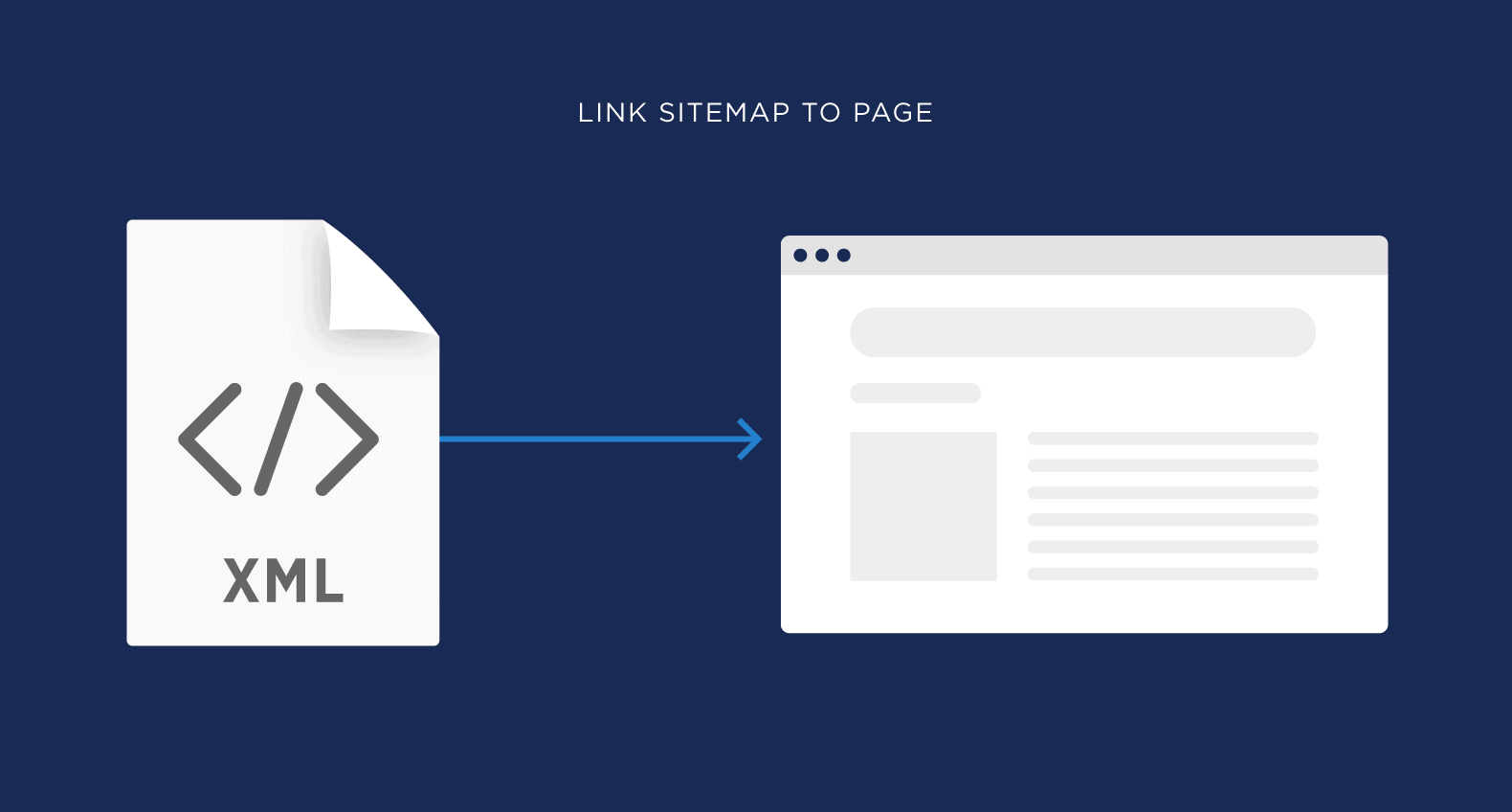
Link Strategically From Your Homepage
If you’re like most people, your homepage is the most authoritative page on your entire website.
For example, my homepage has 15% more links than my 2nd most-linked to page:
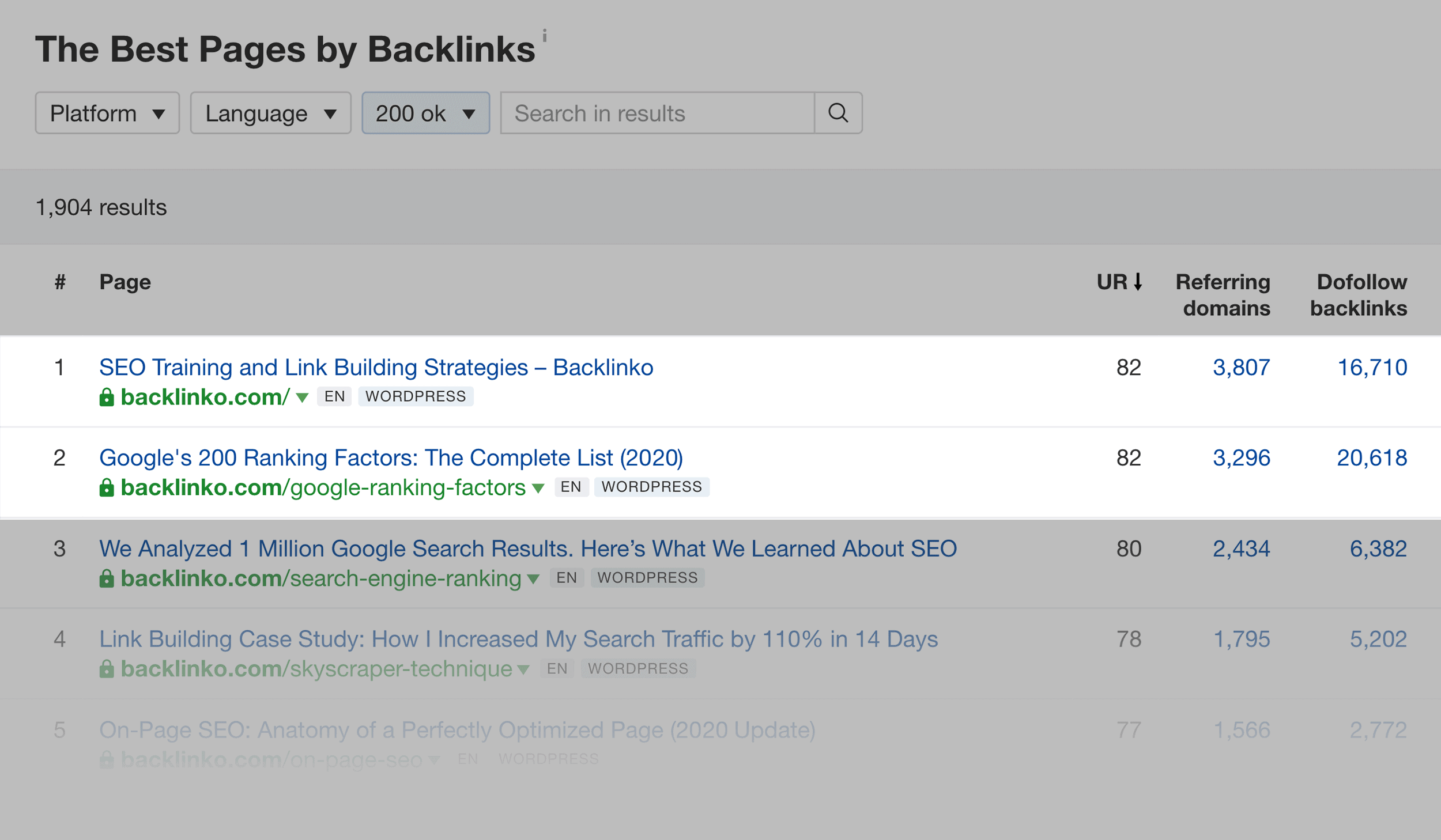
So it’s important to link strategically from your homepage to pages that need some juice.
In my case, I link from my homepage to my blog:
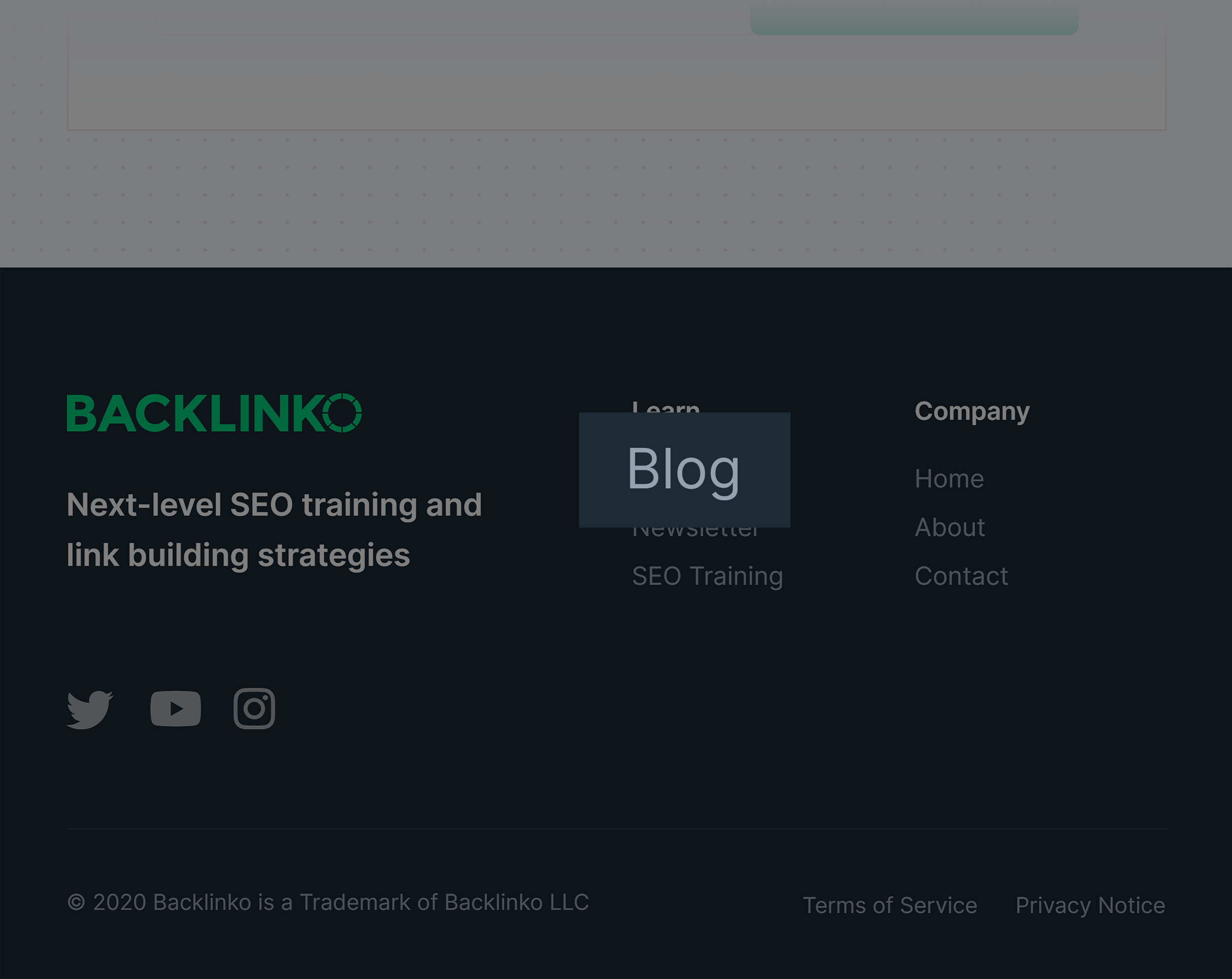
Yes, that internal link sends authority to my blog feed.
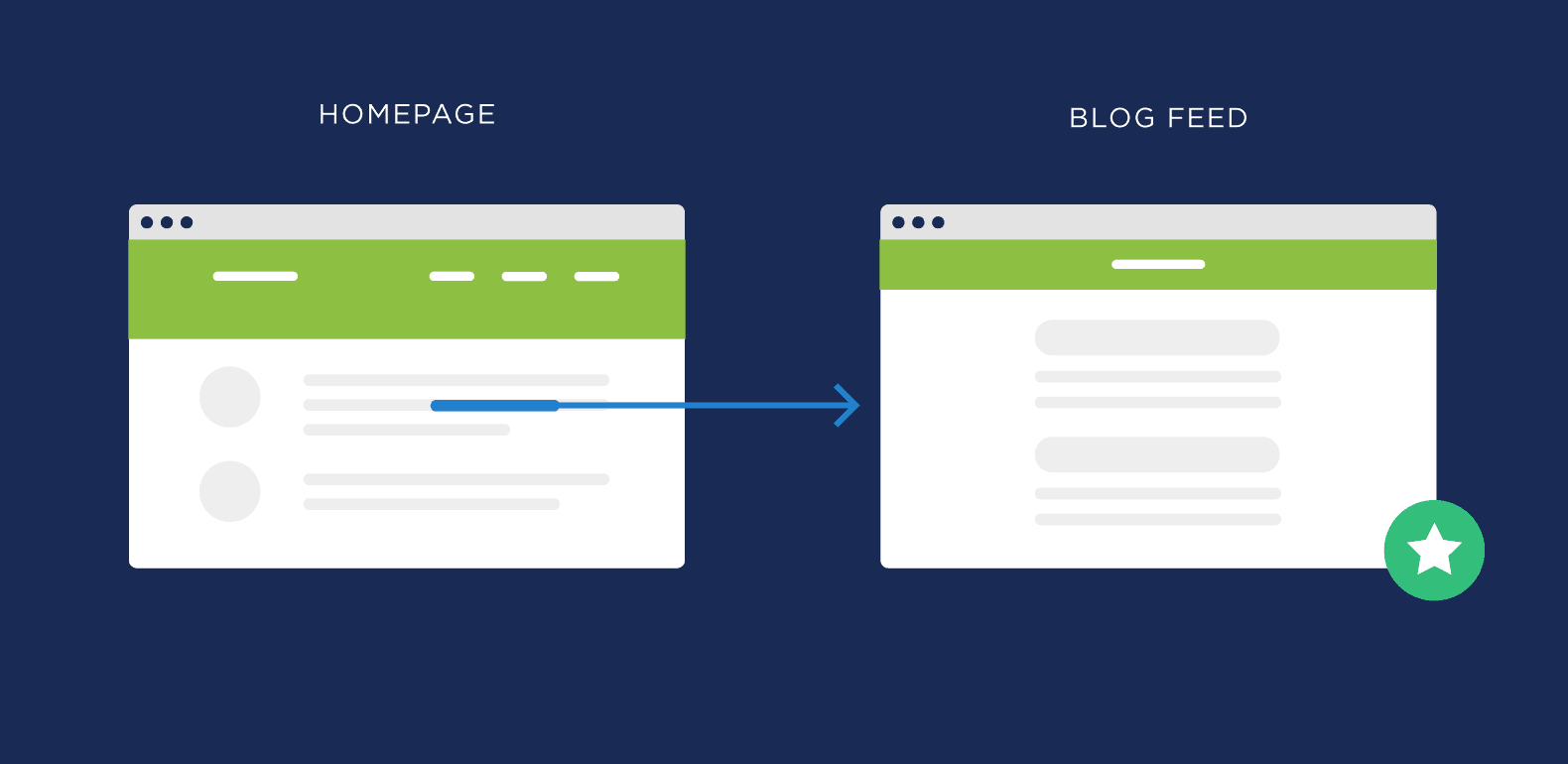
But because my blog links to every post on my site, that homepage authority ultimately reaches all of my posts:
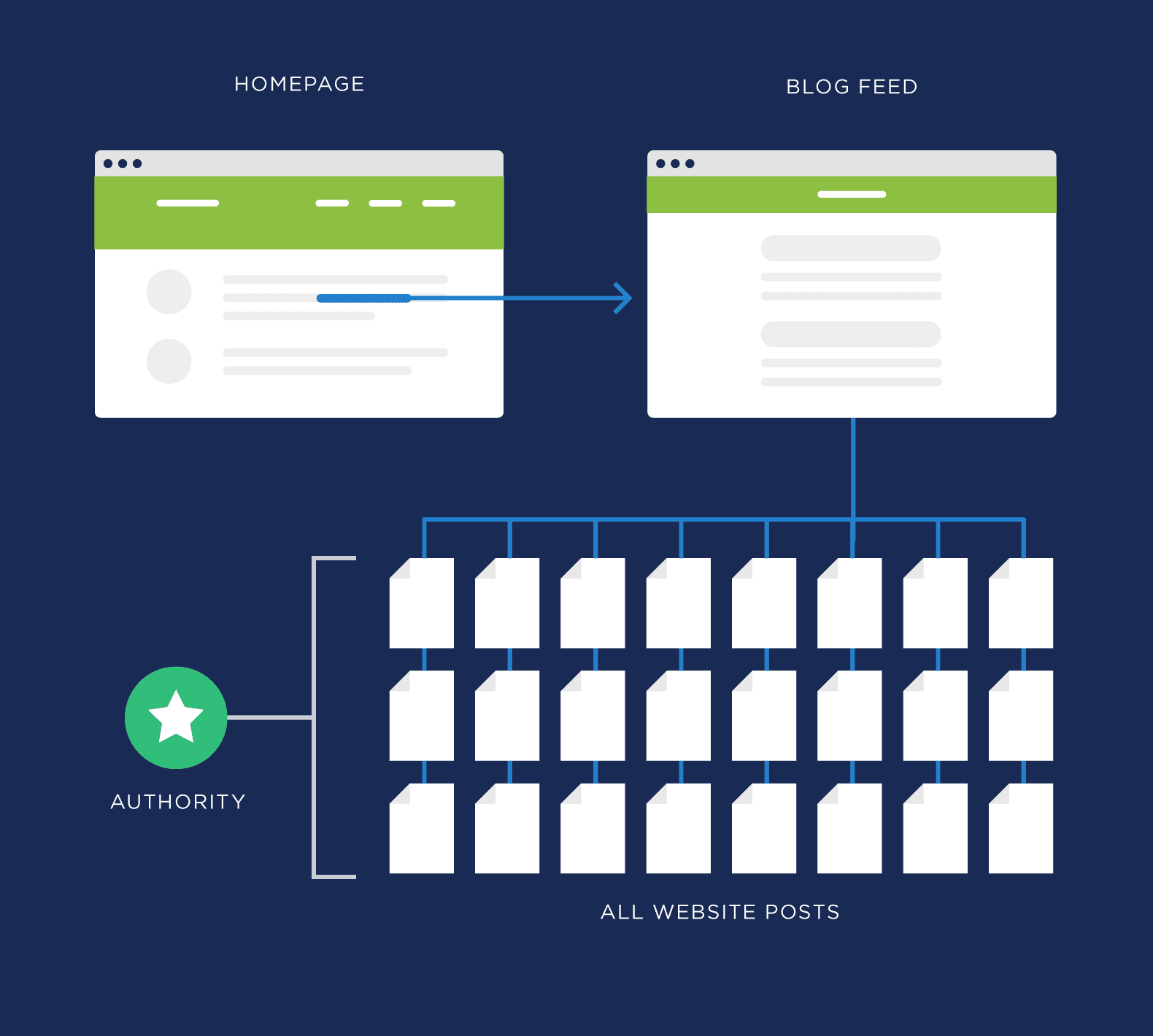
(Would it be better to link directly from my homepage to important posts? Sure. But this works almost as well and keeps my homepage focused on conversions).
Avoid Automation
I’m not a fan of tools that automate internal linking.

Why? 3 reasons:
- It’s hard to be strategic: Plugins and tools add internal links without understanding which pages need the most juice. Or which pages on your site are best to link FROM.
- Anchor text spam: Depending on the size of your site, a plugin can EASILY create 1k+ exact match anchor text internal links overnight.
- Ignores users: Internal links aren’t just for SEO. They also help users find related content on your site. For example, a plugin could never think to add this link:

Help With Site Architecture
Internal links help you create a site architecture that it easy for Google and users to find what they need on your website.
In fact, internal links ARE your site’s architecture.
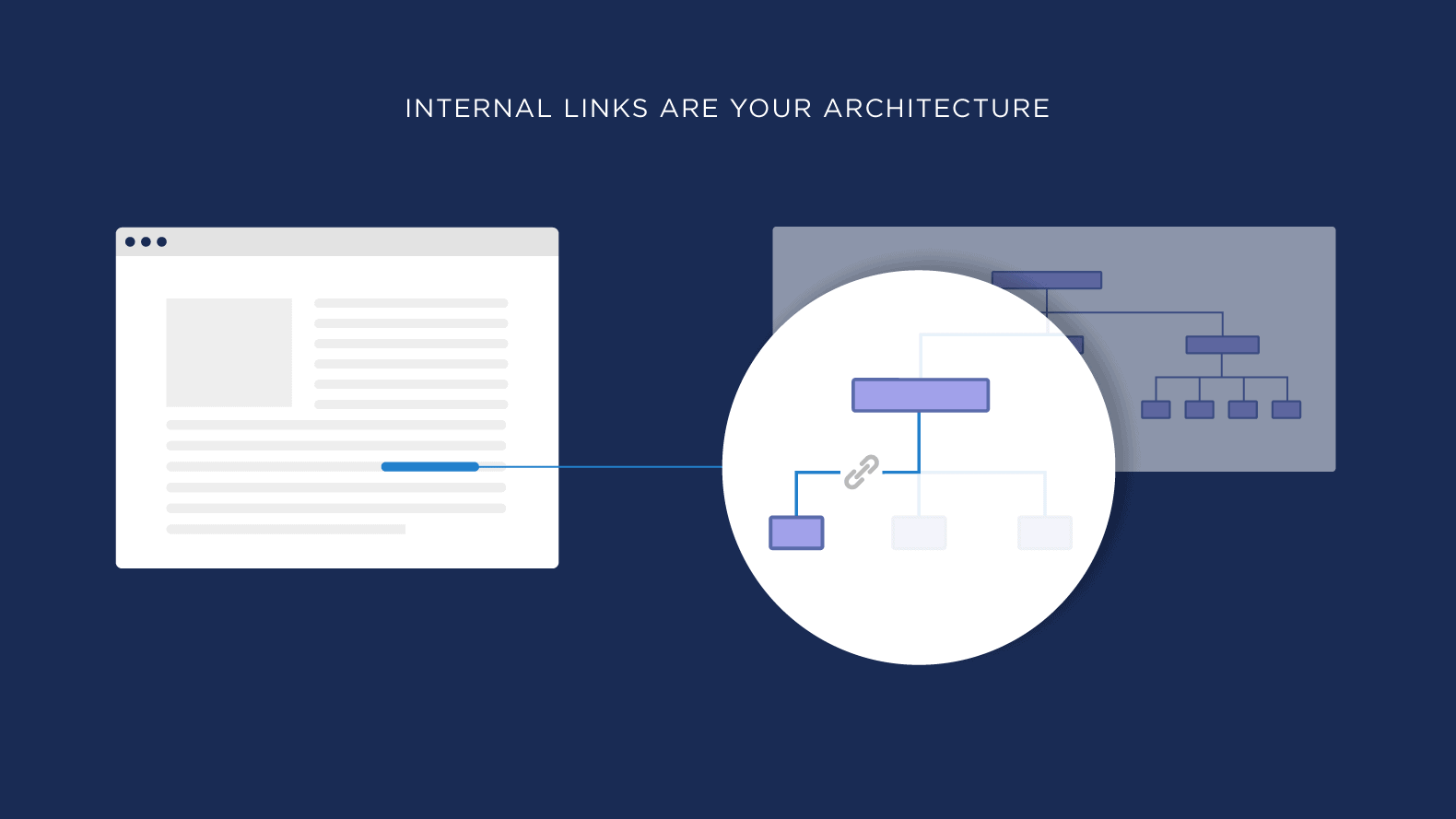
Yes, many of your internal links will point from page A to page B. But you also want to link your pages together into categories.
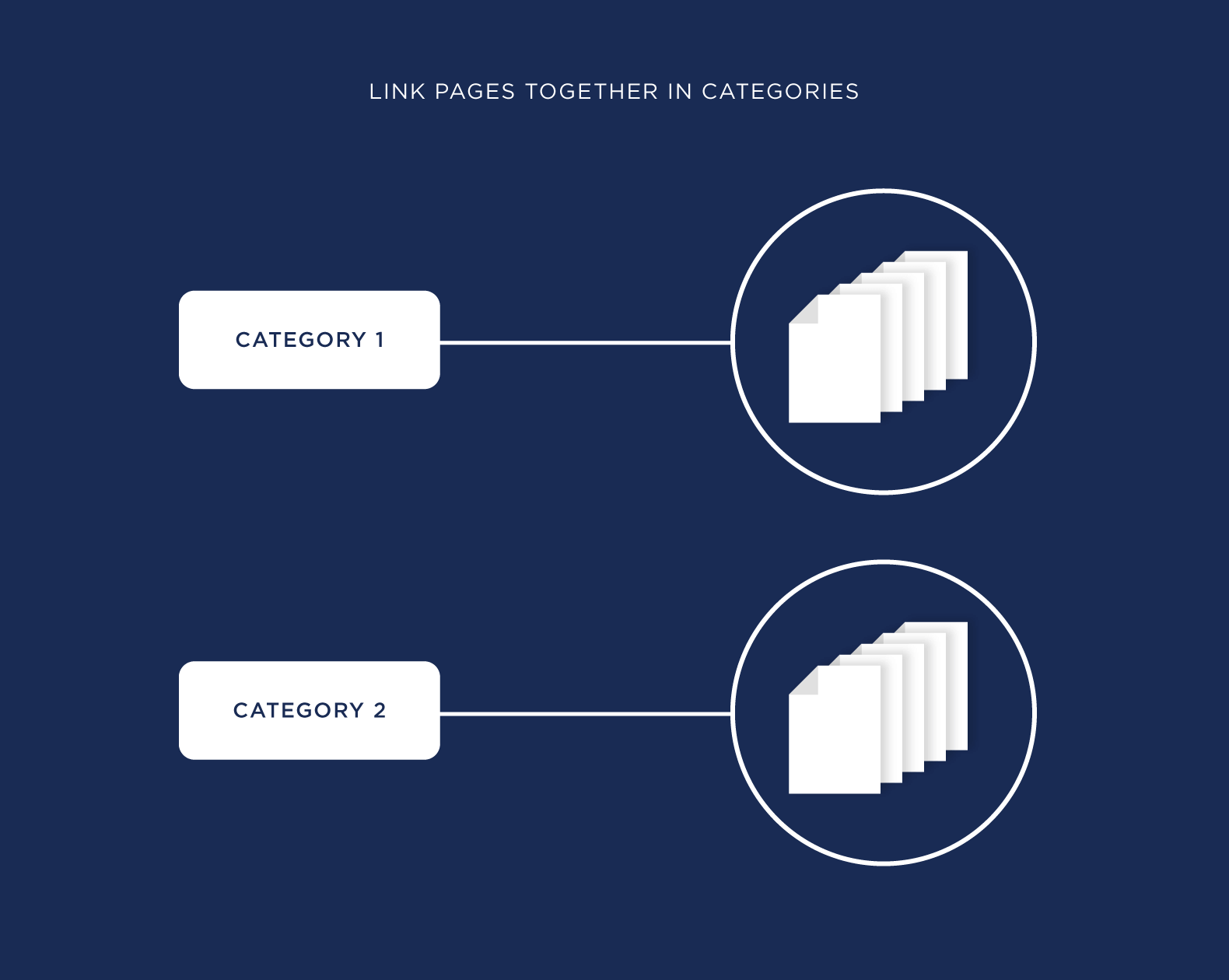
Ecommerce sites do an awesome job of this.
For example, if you look at Zappos.com, all of their belt product pages link to each other via their category page:

Add Internal Links to Old Pages
I do this as part of my quarterly SEO website audit. And it’s SUPER helpful.
Here’s how it works:
First, find an old article on your site that you published at least a year ago.
Next, grab a list of pages that you published since you first published the old article.
Finally, scan the page for places where you can add an internal link to a new page.
Voila!
You just got a handful of helpful internal links from a few minutes of work.
Don’t Go Overboard
Internal links are great. But at a certain point (at about 100), links on a page don’t pass as much value.
And if you think 100 sounds like a lot of links, keep in mind that this includes ALL internal and external links.
That’s not to say that you can’t go above 100 links on a page. For example, this page on my site has at least 200 links:
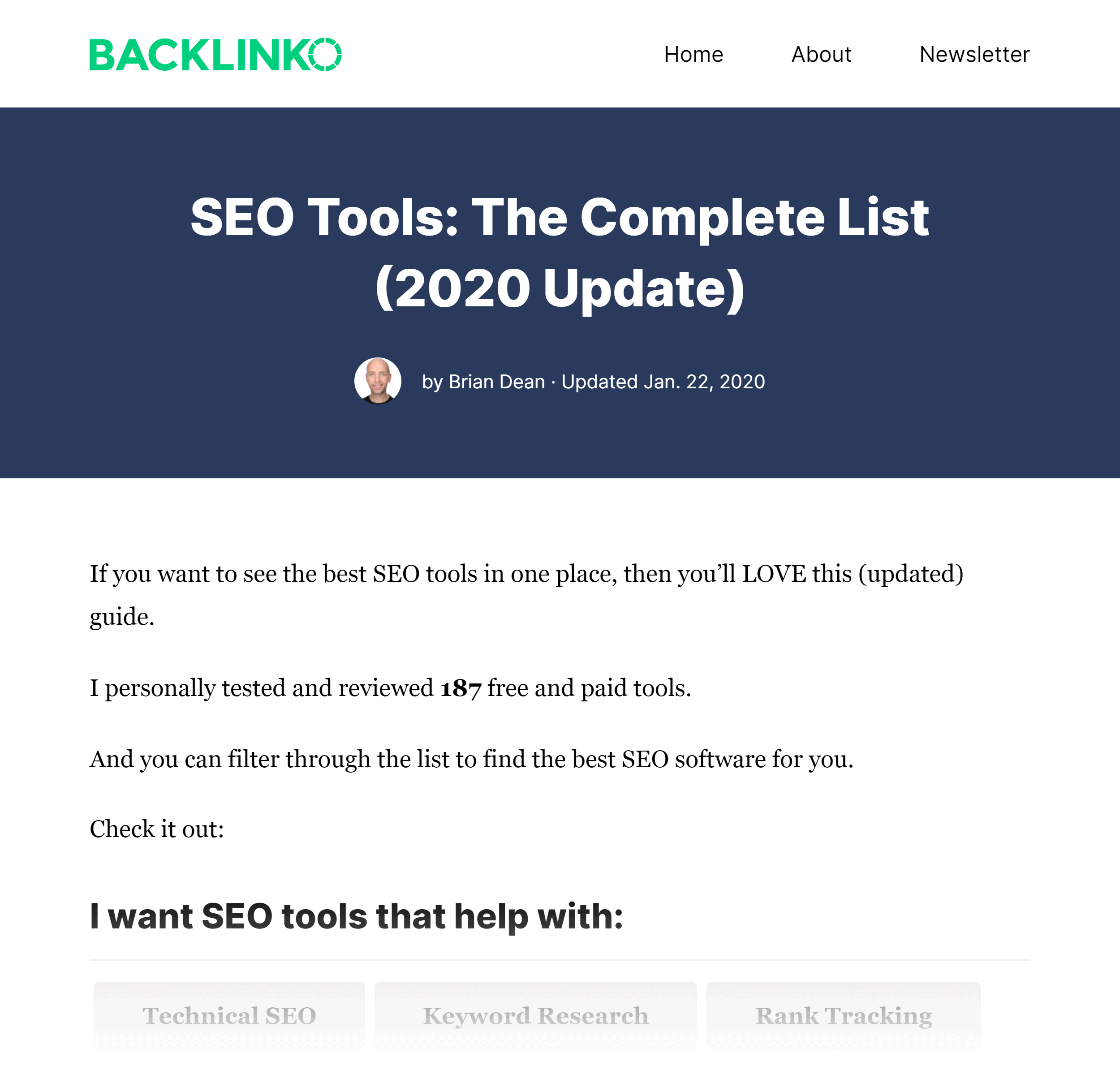
Just know that starting at about 100, each additional link on that page passes less and less value.
Check Mobile Versions of Your Website
Google has said that it’s OK to have a different internal link structure for the desktop and mobile versions of your website.
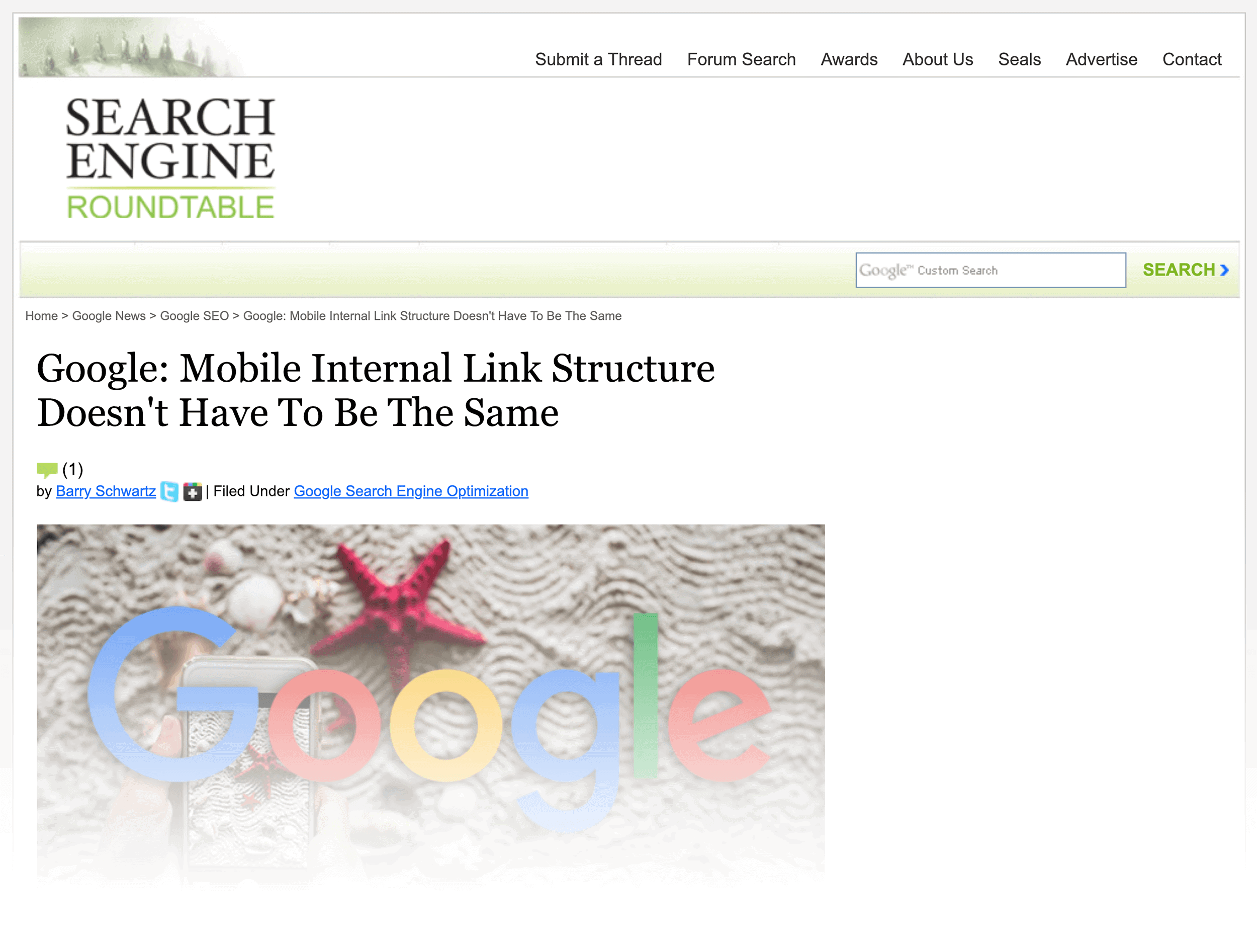
That said:
I recommend keeping both versions as similar as possible.
Either way, it’s worth double checking that the mobile version of your site has all of the key internal links that your desktop version has.
First Link Priority
Sometimes you’ll find yourself with two identical internal links on the same page.
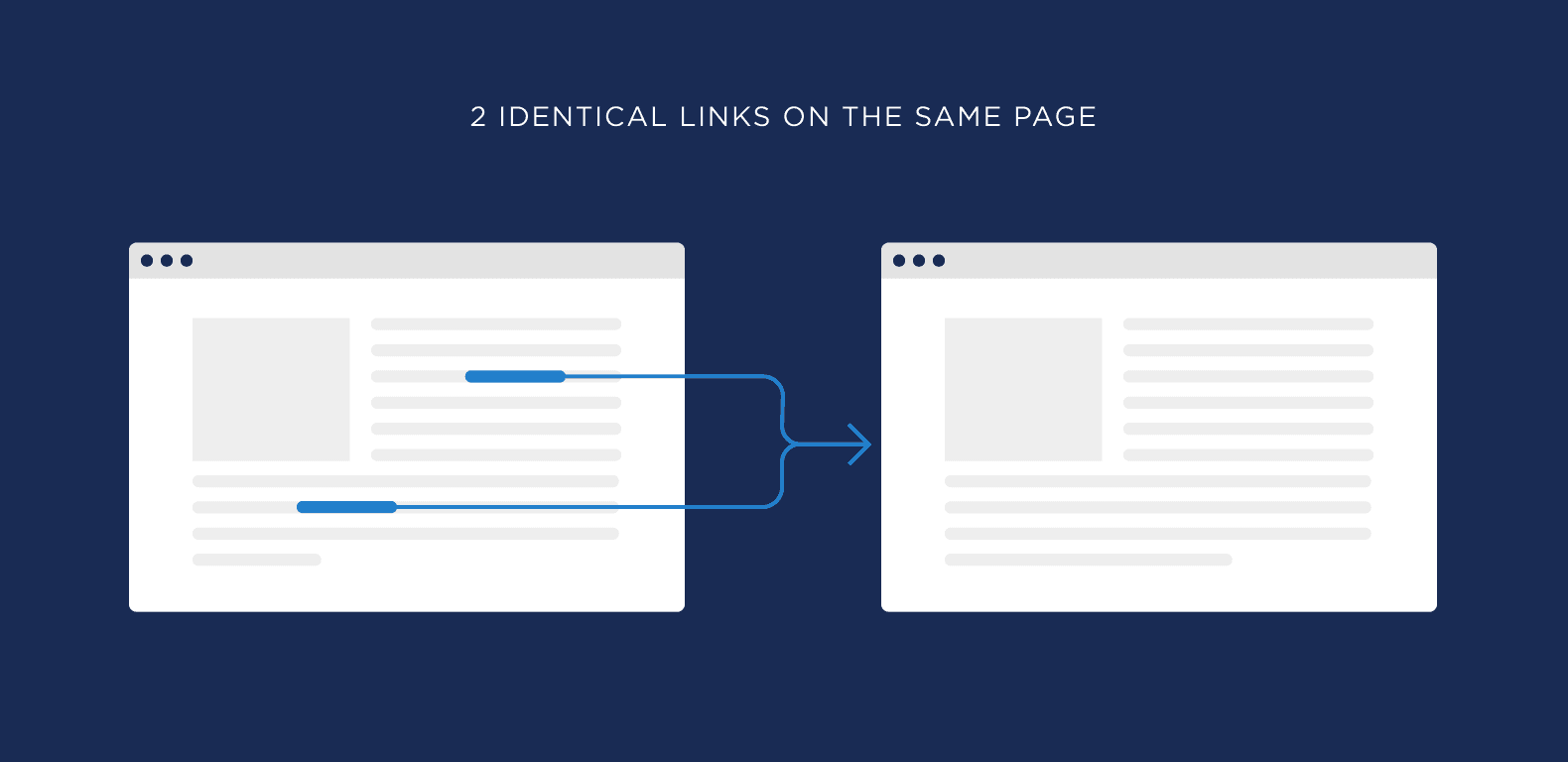
This isn’t a big deal. In fact, it’s common if you have lots of links in your site’s navigation:

The only issue is anchor text.
Which anchor text does Google “count”?
The first one on the page.
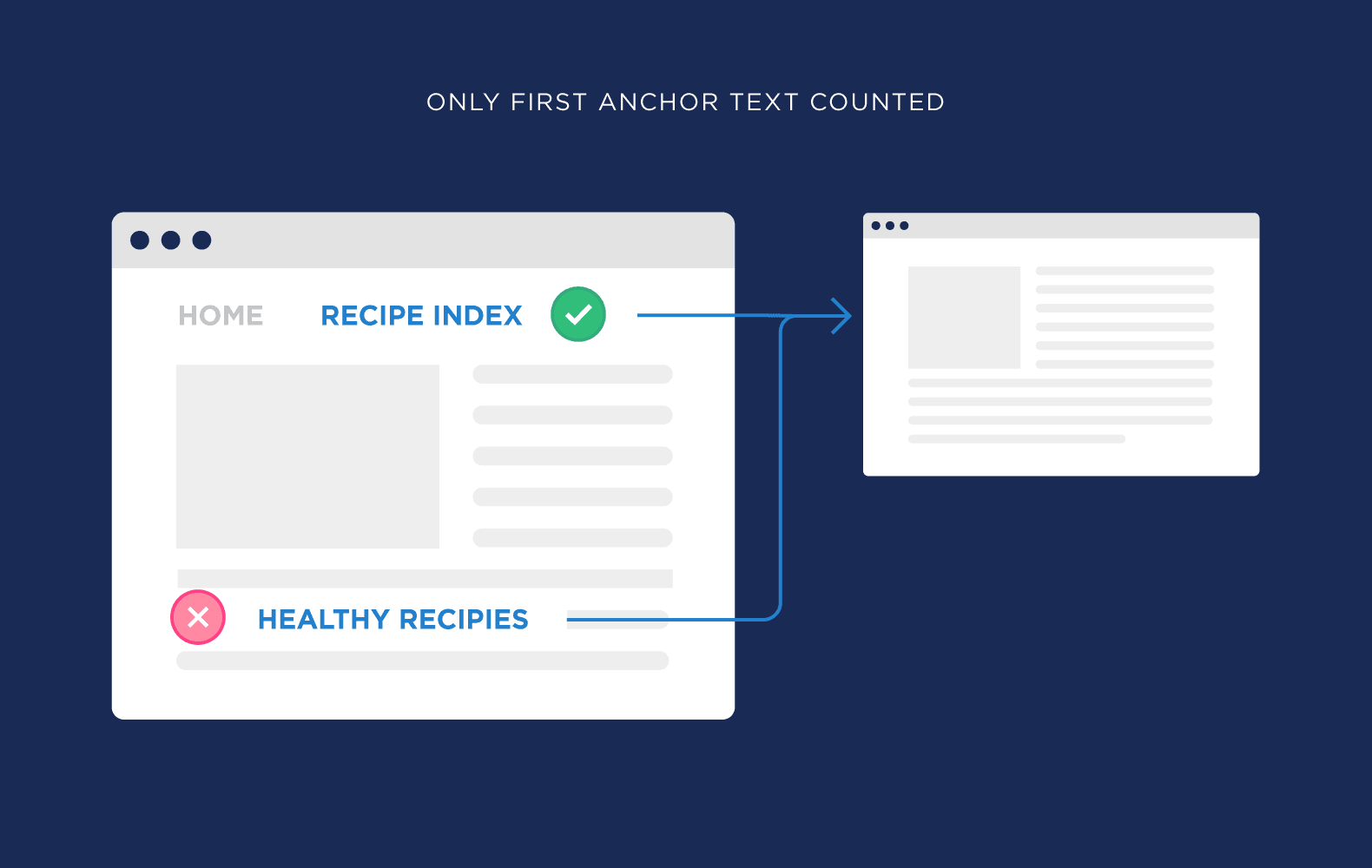
That’s why your navigation link anchor text is so important. Not only does your navigation result in A LOT of links, but it can override other anchor text on your page.
Learn More
Website Architecture and Internal Links: A short but thorough video on how website architecture and internal linking work together.
Links Report: All about the super duper useful “Links Report” in the new GSC.
Wikipedia.org: They’re the masters of internal linking. Worth poking around and seeing how they do it.